Today marks an anniversary for someone whose scientific activities and interests are often overlooked: King George III. On 22 September 1761, the 23-year-old George William Frederick was crowned at Westminster Abbey.
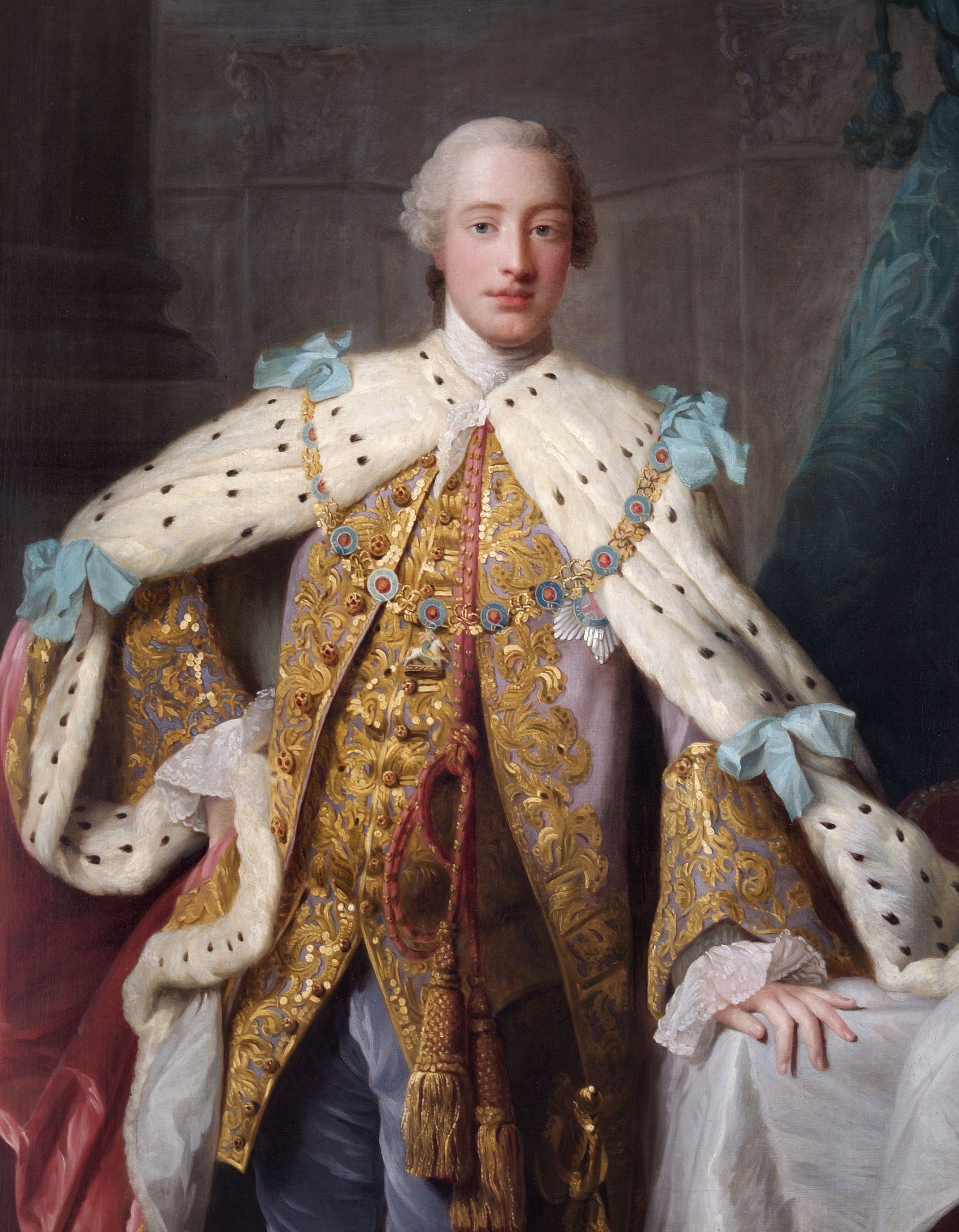
By then he had already begun to build up an impressive collection of specially commissioned scientific apparatus for his own personal use. You can see a selection of these ornate, finely made objects on display in the Science Museum’s new permanent gallery, Science City 1550–1800: The Linbury Gallery.
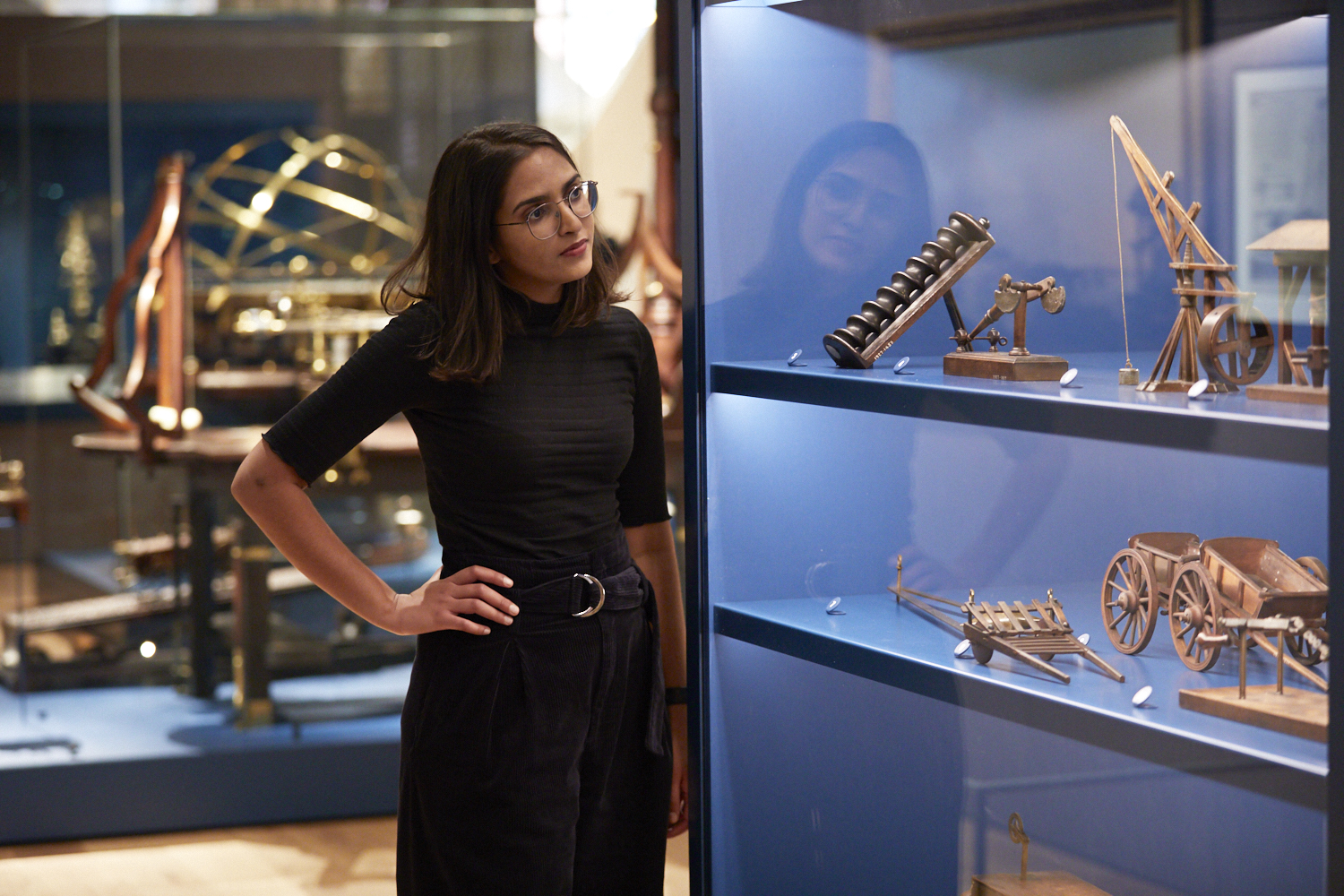
The young king’s interest in science, known then as natural philosophy, first developed through his childhood education but continued well into his adult life. In 1769, almost a decade into his reign, he had his own private observatory – the King’s Observatory – erected in the Old Deer Park at Richmond.
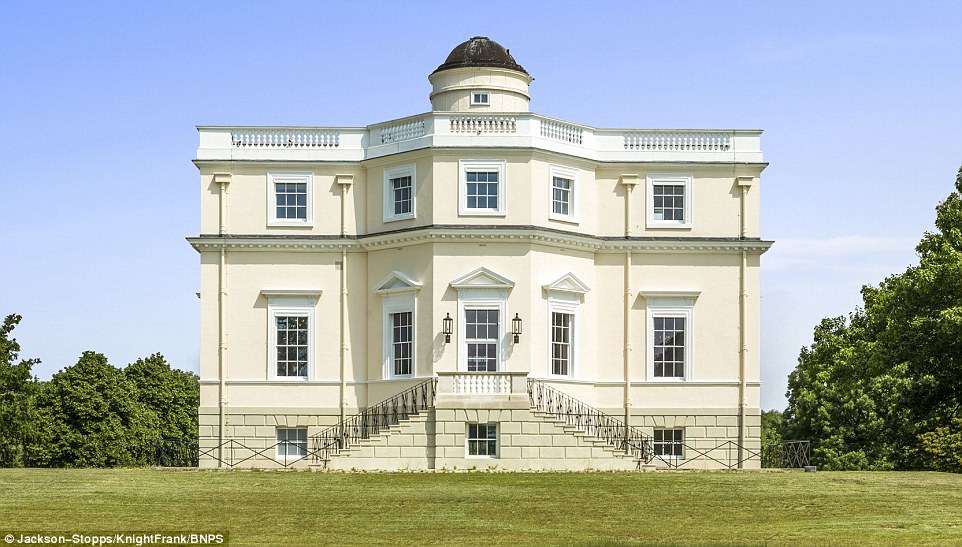
One of the grandest scientific instruments from this observatory, a mural arc, now stands proudly on the threshold of Science City. At nearly three metres tall and four and a half metres long, its shiny brass silhouette is hard to miss.
The mural arc was made in 1770 by Jeremiah Sisson, one of the leading scientific instrument-makers of the day. Like a quadrant, it would have been used for making astronomical observations and measurements. But whereas quadrants can only measure angles through a span of 90°, this instrument has a very unusual arc of 142°. This meant that it could be used to observe all the circumpolar stars – those which never set below the horizon – visible from the latitude of London. In other words, it was made specifically for its location: the King’s Observatory.

This building still stands today. On his visit in 1777, the astronomer Thomas Bugge wrote that ‘The observatory stands in the middle of a beautiful plain’, and apparently benefited from clearer weather than the Royal Observatory at Greenwich.
Ideal conditions, then, for George III to use his mural arc. It was installed in the Observatory’s east wing, mounted on an internal stone wall and aligned with an obelisk in the grounds to the south so that accurate measurements could be taken. Shutters in the roof could be opened for the king to gaze skyward through the mural arc’s telescope.
A diagram of a mural quadrant from Denis Diderot’s famous Encyclopédie helpfully illustrates how George III would have used the mural arc. The arc’s telescope would originally have been supported by a wooden frame to prevent it from bowing out of shape under its own weight.
This frame would have been connected by a lever to a counterpoise weight on the other side of the wall, which counterbalanced the weight of the telescope as its position was adjusted to any point along the 142° span of the arc. A stepladder would have been essential for reaching the arc’s upper range.
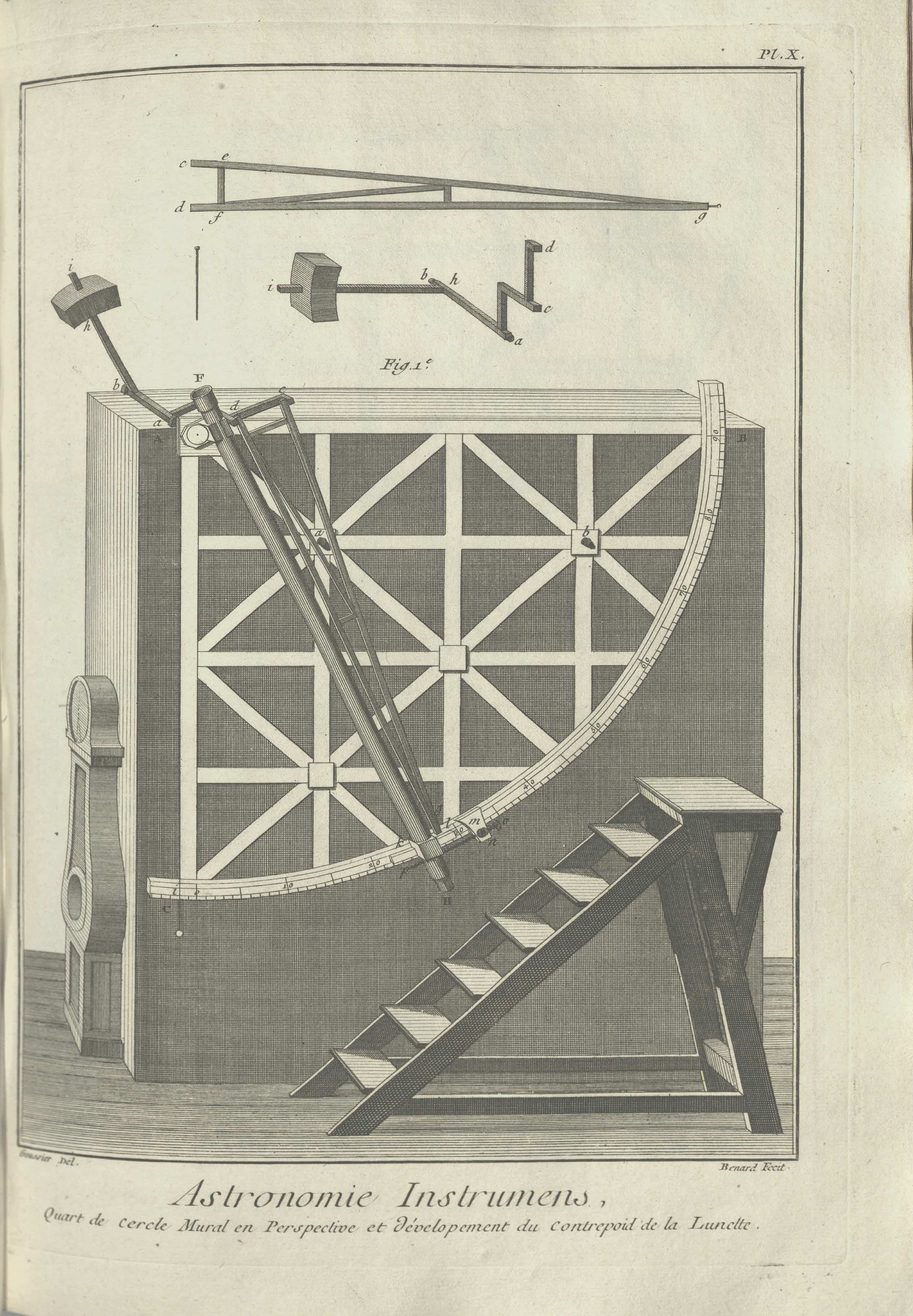
For display in the Science City gallery, George III’s mural arc underwent extensive conservation treatment to strip off old, discoloured and uneven lacquering and was restored to its original, beautiful bright satin finish.
Excitingly, this has made the finely engraved details on the arc much more visible, including Sisson’s signature and the scale divisions. There are even scratches and marks on the surface showing signs of previous use – perhaps some of them made by George III himself.
A bigger challenge was to take the mural arc out of Blythe House, the museum’s storage facility in West Kensington, transport it to the Science Museum and install it in the gallery. It wasn’t just the arc’s enormous size that made this a logistical nightmare. Weighing in at approximately 450 kilograms, it’s also very heavy – somewhat daunting when you have to hoist it in a sling up to the museum’s second floor.
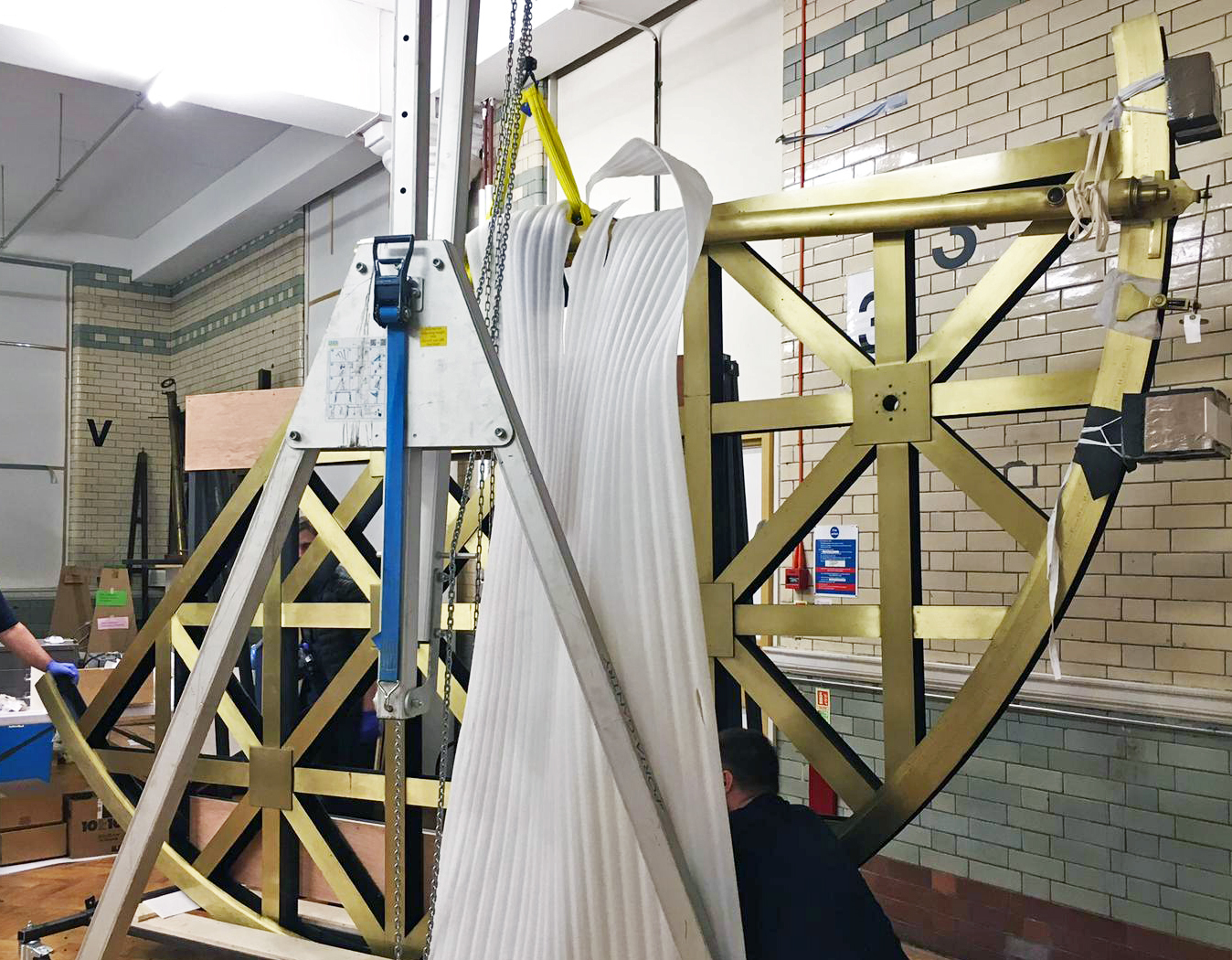
Now that it’s finally in place in Science City, it makes a powerful statement about 18th-century London’s reputation for scientific instrument-making, and George III’s lesser-known passion for science.
Discover more about how royal patronage helped London grow into a global centre for scientific enquiry between 1550 – 1800 in our new permanent gallery – Science City 1550-1800: The Linbury Gallery.
One comment on “Astronomy fit for a king”
Comments are closed.

Really Enjoyed your blog regarding King George III and his history relating to Astronomy
Very well done